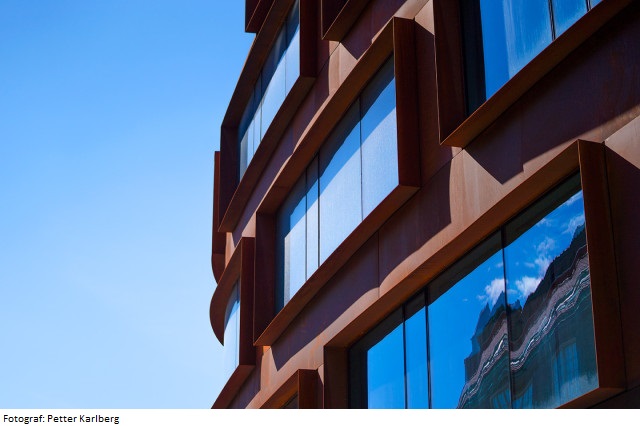Taking the point of departure from proposed interventions, the students will work with methods for imagining their project’s specific transformative potential in an extended geographical and temporal perspective. Further they will be asked to articulate, through self-reflexive and dialogical methods, the practice developed over the course of the year in terms of an altering practice.
A42K4B Critical Studies Design Studio 4:4 12.0 credits
This course has been discontinued.
Last planned examination: Spring 2022
Decision to discontinue this course:
No information inserted
Content and learning outcomes
Course contents
Intended learning outcomes
Förändrande praktiker / Altering Practices
Altering practices is a research studio based on critical design tools, methods, and projects developed in the courses Feminist Design Tools, Participatory mapping, and Dialogical Interventions. The principal aim of the course is to develop the student’s capacity to critically understand, evaluate, and contextualise the transformative potential of their own and others’ design projects and practices. The design process will engage further mapping and critical writing practices.
Upon completion of this course, participants should be able to:
- Propose a series of architectural interventions and demonstrate their critical implications from a feminist intersectional perspective
- Pursue a self reflexive critical practice
- Understand and reflect critically on central notions such as transformative potential, emancipatory strategy, and altering practice.
Overall goals
1. The course is part of the Critical Studies Design Studio. Through architectural projects, this Studio investigates different experiences of architecture and conceptions of space, in relation to the synthezising design process.
2. The course/project goal is to increase the student's knowledge in this area/field and skills/knowledge in the field of architecture in general. The students will enter the project with varying degrees of knowledge/skills and will subsequently end up at different levels at the end of the course/project.
3. The individual student must show an increase in the particular skills/knowledge offered in the studio and in the field of architecture in general.
Literature and preparations
Specific prerequisites
Bachelor’s Degree, or an equivalent level, within the field of Architecture.
Recommended prerequisites
Bachelor’s Degree, or an equivalent level, within the field of Architecture
Equipment
Literature
-Jane Rendell, Barabara Penner, Ian Borden (eds.), Gender Space Architecture, London: Routledge, 2000.
-Peter Blundell Jones, Doina Petresu, Jeremy Till (eds.), Architecture and Participation, London: Spon Press, 2005.
-Andrea Kahn (ed.), Drawing, Building, Text, New York: Princeton Architectural Press, 1996.
-muf, This is what we do. A muf manual, London: Ellipsis, 2001.
-Joan Ockman (ed.), The Pragmatist Imagination. Thinking about “Things in the Making”, New York: Princeton Architectural Press, 2000.
*Specific literature will be assigned at the beginning of the course.
Examination and completion
If the course is discontinued, students may request to be examined during the following two academic years.
Grading scale
Examination
Based on recommendation from KTH’s coordinator for disabilities, the examiner will decide how to adapt an examination for students with documented disability.
The examiner may apply another examination format when re-examining individual students.
Other requirements for final grade
a) Presentation requirements
Presentation requirements will be handed out at the start of the course.
b) Examination
80% attendance. Active participation in lectures, tutorials, and seminars etc. Passed intermediate and final assessments. Compulsory attendance during the assessment reviews.
Completion: The project work shall be delivered and, if necessary, reworked within the set time limit. See general directions.
(Overall principle: Autumn term projects must be approved during the following Spring term: Spring term projects must be approved before the start of the following Autumn term. The reworked projects must be delivered at least one week before the time limit.)
The project work is to be documented in a portfolio, including drawings, analysis and models. The work process shall be legible.
Opportunity to complete the requirements via supplementary examination
Opportunity to raise an approved grade via renewed examination
Examiner
Ethical approach
- All members of a group are responsible for the group's work.
- In any assessment, every student shall honestly disclose any help received and sources used.
- In an oral assessment, every student shall be able to present and answer questions about the entire assignment and solution.